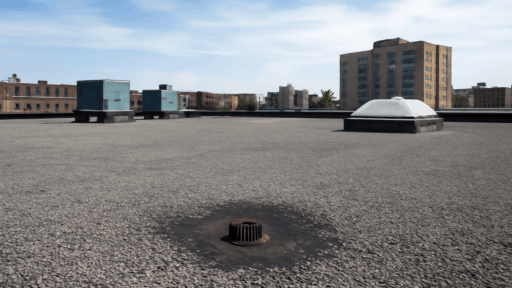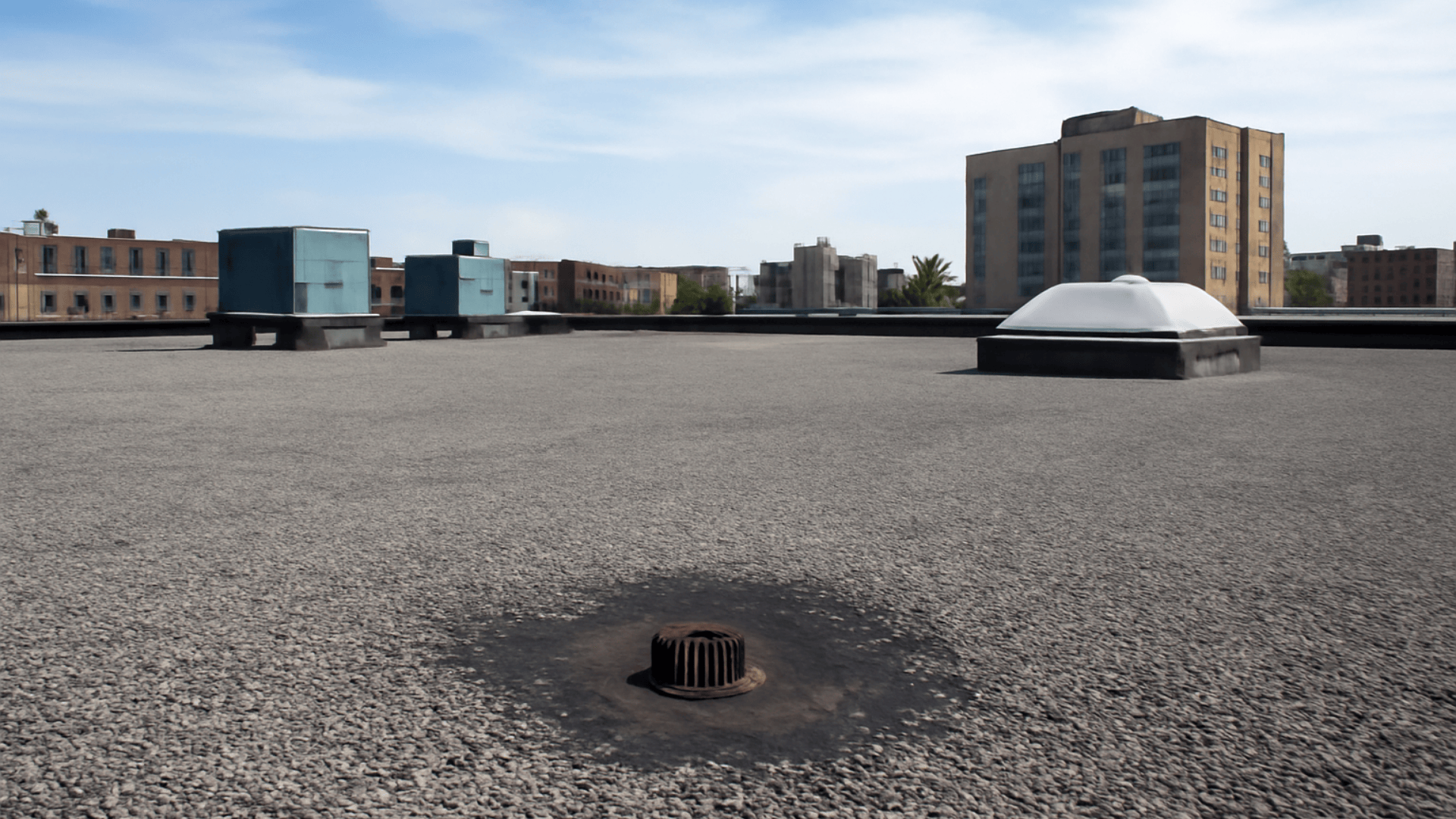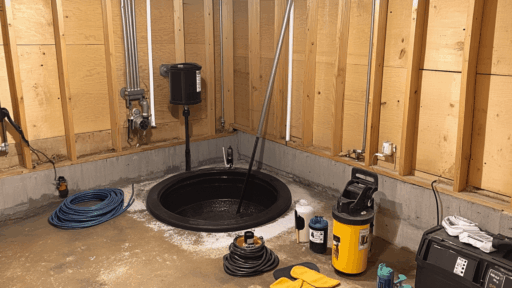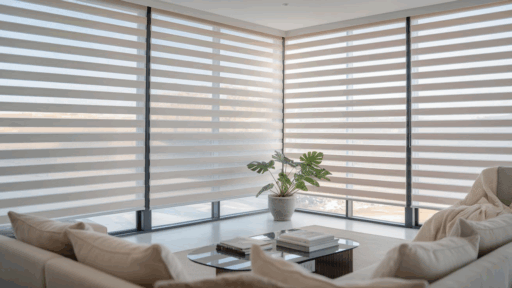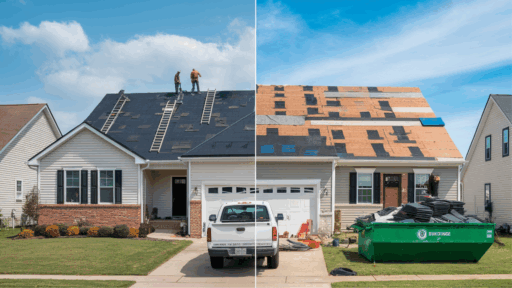Do you need a new roof for your flat building, and wondering about your options?
You may have heard about tar and gravel roof systems, but aren’t sure if they’re right for your situation.
Don’t worry because you’re not alone in this decision.
Many building owners ask this same question, whether they have stores, offices, or flat-roof homes that need protection.
A tar and gravel roof has been in use for over a century, demonstrating its reliability through decades of service.
Let’s discuss this system in simple terms so that you can make an informed decision.
By the end, you’ll know whether this roof type is suitable for your building.
What is a Tar and Gravel Roof?
A tar and gravel roof is a flat roof system that people have used for over 100 years to keep buildings dry.
These roofs are also known as Built-Up Roofs (BURs), and their simple design provides effective protection.
Workers create these roofs by putting down multiple layers of material and sticking them together with hot tar.
Then they cover the entire top surface with gravel, which keeps everything underneath safe from weather damage.
This proven roofing method is a popular choice for flat roofs on commercial and residential buildings.
How Tar and Gravel Roofs Are Built?

Tar and gravel roofs use four main parts:
- Base Layer – Workers put down many layers of felt or fiberglass sheets, which make a strong base that holds everything up.
- Glue System – Hot tar goes between each layer, which makes waterproof bonds that hold the system together.
- Top Coat – A thick coat of tar goes on top that seals the whole surface before adding gravel.
- Gravel Layer – Gravel covers the entire surface, which shields against weather and sun damage.
The gravel is typically pea gravel, slag, or small stones that are approximately a quarter-inch thick.
All materials must meet fire safety regulations to ensure the building’s safety and comply with building codes.
How Do These Roofs Work?
Tar and gravel roofs create protection through multiple layers that form a strong barrier against water damage.
Each layer adds an extra layer of safety during installation.
Hot tar melts and bonds materials together to create one solid, weather-resistant surface that lasts.
The gravel layer performs several critical functions over time.
It blocks harmful sun rays that would damage the tar underneath during hot weather.
The gravel protects against hail and severe storms that could damage the roof.
It helps prevent fires and extends the roof’s lifespan for long-term value.
This layered approach makes tar and gravel roofs incredibly durable for decades.
Where Tar and Gravel Roofs Are Used?

Most tar and gravel roofs go on business buildings.
These include offices, stores, and warehouses.
Any building with a flat or low-slope roof can use this system.
Some houses also use these roofs.
This works well for flat roof homes, sunrooms, and home additions.
It’s also beneficial when cost is a significant factor.
These roofs are best suited for strong buildings.
The building must be able to handle the extra weight.
They also work well in areas with mild weather.
The key is making sure your building can support the weight.
Different Types of Systems
You can choose from several tar and gravel systems.
Each type works better in different places.
| SYSTEM TYPE | WHAT IT IS | WORKS BEST FOR |
|---|---|---|
| Standard Built-Up | Old method using many tar layers | Most business buildings |
| SBS Changed | Uses bendy additives for movement | Places with hot and cold weather |
| APP Changed | Has additives that fight aging | Hot, sunny places |
| Ballast System | Loose gravel over one membrane | Lightweight uses |
The standard built-up method is the old way.
It uses many tar layers with gravel stuck in the top coat.
It works well and lasts many years.
Changed systems utilize special additives to function more effectively.
SBS makes the roof bend more.
APP helps it fight aging better.
Both work better in different weather than standard systems.
Good Things About These Roofs
Tar and gravel roofs offer numerous advantages, making them a popular choice among building owners.
These benefits explain why this roofing system has remained reliable for over a century.
- Tar and gravel roofs last 20-30 years with proper care and handle the weather well.
- They protect against sun damage and help reduce energy costs by absorbing heat.
- The gravel surface helps water dry faster and creates a safe walking surface.
- These roofs resist hail damage better than other flat roof options while meeting safety regulations.
- The system prevents trash from blocking drains, thereby avoiding costly water backup problems.
All these benefits work together to create a roofing system that provides excellent value for money.
Property owners appreciate having a roof that combines durability, safety, and practical functionality in one system.
Important Things to Think About
Tar and gravel roofs are heavy.
Your building must be strong enough to hold the weight.
Some buildings may need to be reinforced before installing the roof.
This adds to the total cost.
This weight issue is often the biggest limit for using this roof type.
These roofs are well-suited for mild weather conditions.
However, they can experience problems in areas with excessive rainfall, significant temperature fluctuations, or high winds that can dislodge gravel.
You should have professionals install it.
The roof requires a well-designed drainage system and meticulous installation.
Cost and Value Study
Understanding the money parts helps you make a smart choice.
Here’s how the costs work over time.
| COST PART | FIRST COST (2025 DATA) | LONG-TERM VALUE |
|---|---|---|
| Materials | $3–$8 per sq. ft. (lower than many alternatives) | 20–30 year lifespan |
| Installation | $8,000–$12,000 for 1,700 sq. ft. roof (medium) | Fewer replacements needed |
| Structure | May require extra support ($1,000–$5,000 if needed) | Energy savings from the gravel layer |
| Care | Annual inspection ($150–$300/year) | Minor repairs: $300–$600; Major: $1,000–$2,500+ |
Tar and gravel roofs are less expensive than many other flat roof options initially.
You’ll pay for materials, professional installation, and maybe a building check.
But these roofs can save money over time.
They last 20-30 years with low maintenance costs and can also help reduce your energy bills.
When to Pick This Roof Type?
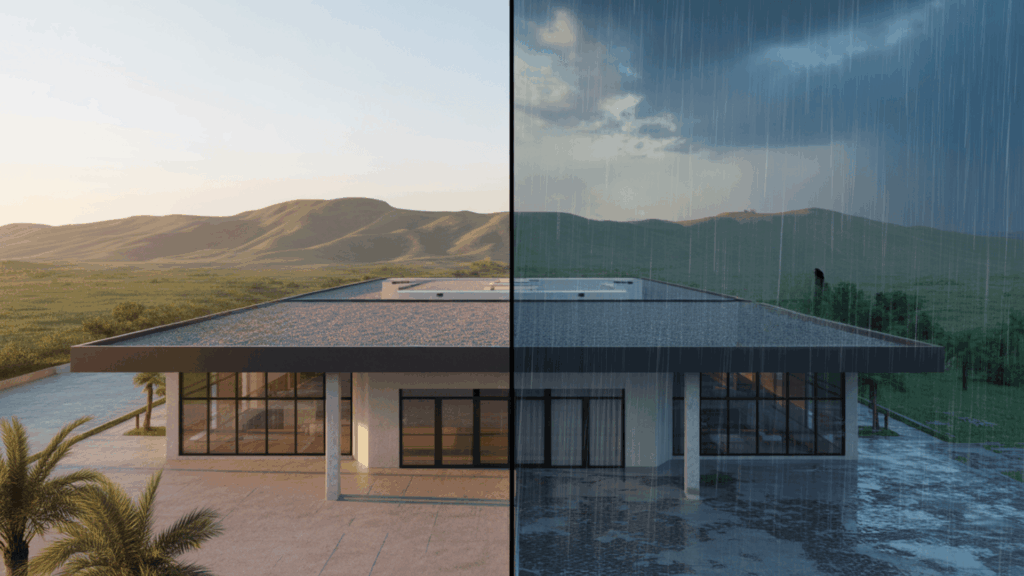
Tar and gravel roofs work well when you have a flat or low-slope roof.
Your building must handle the weight.
You should live in a mild climate.
Budget should matter to you.
They’re also good choices when you want a proven system with a long track record.
You might want a different roof type if your area has high winds or bad storms.
Also, if your building is weight-sensitive.
Or if people need to walk on the roof often.
Or if looks are very important.
Each case is different.
Professional advice can help you make informed decisions.
Making the Right Choice!
Finding the right contractor comes first, so look for companies with at least 5 years of experience in tar and gravel.
They should have current licenses and insurance, plus get references from recent jobs in your area.
Key things to think about:
- Weight Limit – Have a building engineer confirm your building can support 500-700 pounds per square foot
- Weather Match – Best for areas with under 40 inches of rain per year and medium wind speeds
- Access Needs – Consider if you need regular roof access for equipment or maintenance.
Tar and gravel roofs work well in mild weather on sturdy buildings where cost and longevity are most important.
They’re not suitable for high-wind areas, weight-sensitive buildings, or those requiring frequent roof access.
Taking Care of Your Roof
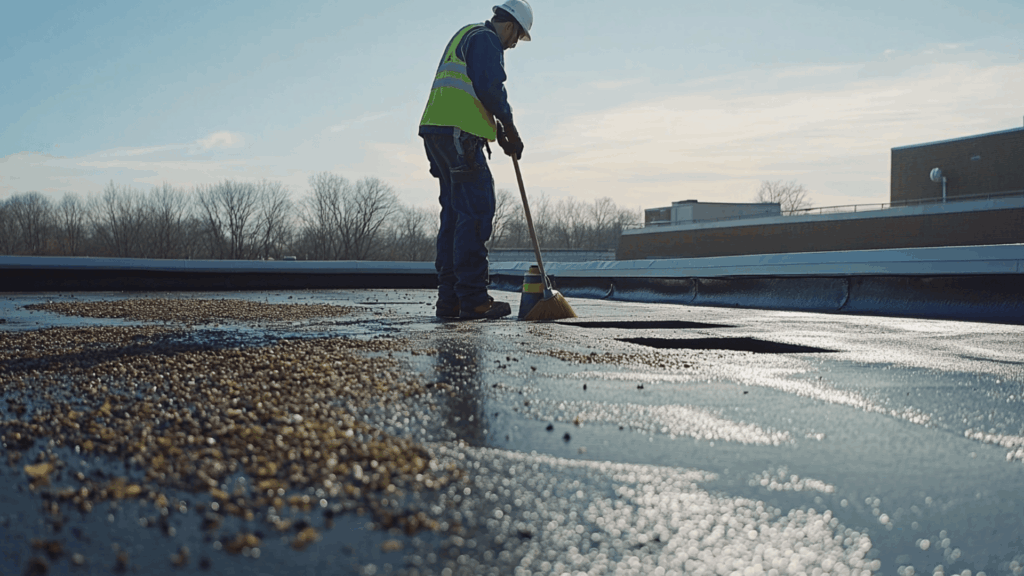
To keep your roof in good shape, inspect the gravel coverage annually.
Remove leaves and trash.
Keep drains clear to stop water problems.
Have a professional inspect the roof annually.
This helps catch small problems before they become big, costly repairs.
Watch for common issues such as gravel washing or blowing away, water pooling in low spots, bare membrane areas, and small cracks or holes that require repair.
Most of these problems are easy to fix when caught early.
However, they can cause significant damage if ignored.
Wrapping It Up
Now you know the facts about tar and gravel roofs.
They’re not the most luxurious option available.
But they’ve been keeping buildings dry for over a hundred years for good reason.
Remember, every building and case is different.
What works great for your neighbor’s warehouse might not be the best choice for your store.
Take time to get professional checks.
Compare your choices.
Think about your long-term plans.
A well-installed system will serve you well for decades.
A poorly installed one will cause headaches and unexpected costs later.
Good luck with your roof project!
If you’re interested in more Home Improvement content, check out other blogs that you might enjoy!

